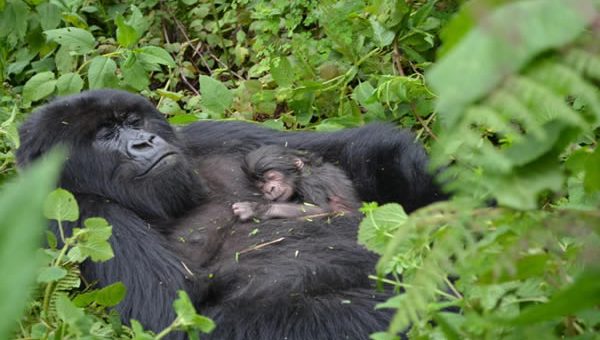If you have visited Uganda then you have noticed the many languages spoken throughout the country. The nation boasts of over 40 tribes which all fall under different ethnic groups; Bantu, Nilotics, and Nilo- Hamites.
With many tribes comes even a bigger number of cultures and traditions passed down for generations, kept alive through practices by the people of that tribe. Many of the traditions have been left a long way due to human rights concerns whilst the rest are still practiced till date.
For a country that is so rich in culture and the celebration of heritage, you will notice how so many of the practices are similar to each other. The practices also vary in accordance to the tribes and the ethnic group they belong to especially among the bantu but all the same, the biggest difference that sets some of them apart is how the traditions are practiced. From the Batoor, Bagisu, Banyankole, Bahima, Iteso, Kumam, Baganda, Acholi, Alur to the last tribe in Uganda, you will find something unique about their culture that makes them stand out.
Kneeling
One of the most common practice done among most of the tribes in Uganda, is kneeling in show of respect to the elders. In this case young children, and women kneel whilst young men bow in respect of elders although in Buganda, there are cases when young men are groomed to kneel for elders. When it comes to tribes from Western Uganda, it’s rare to find this practice.
Religion
Long before Christianity, Islam among other foreign religions were introduced to Ugandans. There were already religious traditions in place that were being practiced by the tribes and with each its own. There were gods revered across; these religious practices were well preserved till the growth of foreign religions in Uganda. Although there are some of the traditional practices still being practiced, they are commonly referred to as witchcraft by those who do not understand them.
Leadership
Although it is mostly believed that before the foreign explorers came to Africa, the inhabitants were savages who lived like animals; it was far from the truth. When it comes to leadership, there was always a centralized system that was followed through the tribes even though it was different for most. An example would be how in the West and Central regions you could find Kingdoms while in the East and North Chiefdoms. The most famous of these being the Buganda, Tooro, Bunyoro, and Busoga which are still standing even to this day.
Initiations
While it is not easy to identify all the cultures for the tribes in Uganda; it is easy to notice the very common ones. The biggest one would be Imbalu practiced by the Bagisu from the Eastern region around the slopes of Mount Elgon; Imbalu is the practice of circumcising boys as a step into manhood. The Sabinyi from Kapchorwa have a similar practice that is done on girls although that has been outlawed by government and the Human Rights Commision to being harmful. The Baganda, and Basoga have a practice where when twins are born into a family a ceremony is organised in fear that one of the twins or parent might die among other calamities.
Marriage
In most tribes in Uganda, a marriage is not recognised unless the boy’s family visits the girl’s family bearing gifts. The gifts are what are the most distinctive part of the visit since with every tribe, there are very specific items that are very vital to complete the negotiations.
The Karamojong tribe stand out though because with them the groom has to outfight his future wife to win her over or he will be considered too weak to take care of their family.
There are many more unique traditions practiced by the people of Uganda but the best way to know them is by visiting Uganda and living among them.




